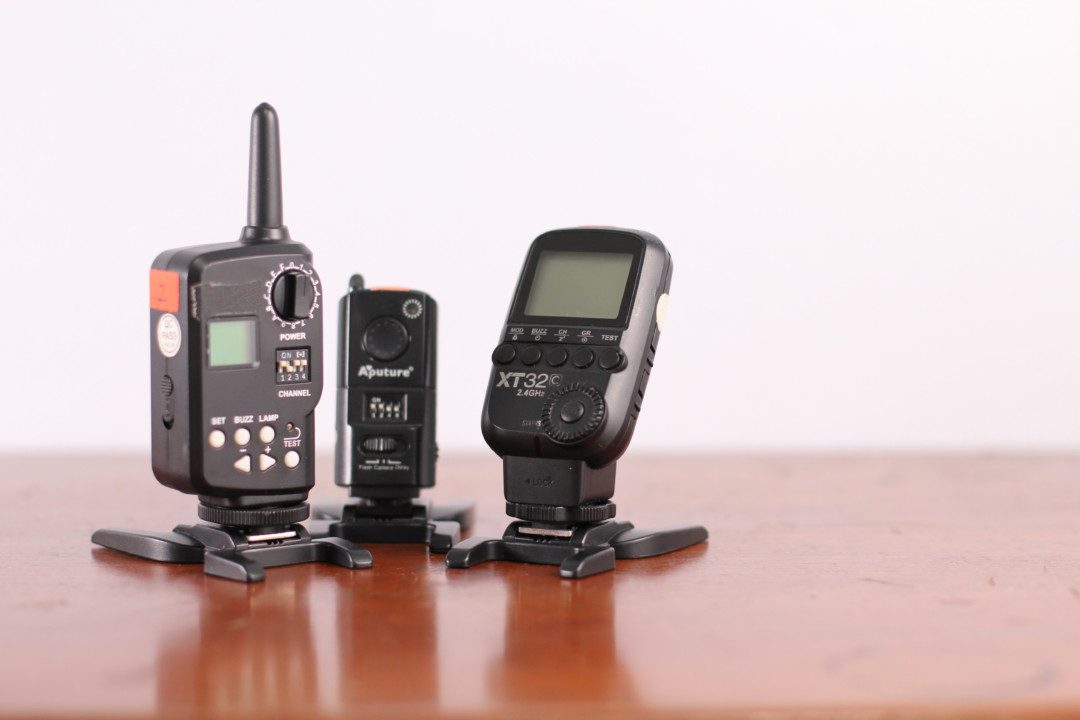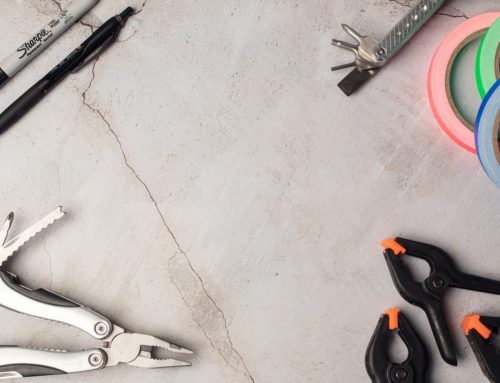When I bought my first wireless trigger system in 2013, after using continuous lighting from forever, there were things I wished I had taken into consideration.
Since then I’ve upgraded my wireless trigger system a couple times and would love to share with you what I believe are 6 basic things to consider when purchasing one.
- Budget
Decide beforehand just about how much money you’re comfortable spending, this may change after doing research and will definitely affect your final decision.Don’t buy into the notion that a reasonably priced item means the product is “cheap”. That may not be the case as manufactures are now selling products directly to the customers instead of going through retailers.
- Compatibility
Check to see if the wireless trigger system you’re interested in is compatible with your camera and off camera flash.Most manufacturers market their trigger systems for specific brand cameras but what they won’t tell you is that the systems are universal. At best if placed on the camera it’s not marketed for it will still trigger the flash, some features may not be available but it will still trigger the flash.
- How the Transmitter Communicates with the Receiver
In 2013 I had the choice of using an optical trigger or a radio trigger. The downside with optical triggers is that the receiver has to be in the line of sight with the transmitter; pretty much like you TV remote. So you can only imagine how reliable that system was.The common frequencies for radio triggers are 433Mhz and 2.4Ghz. These are more reliable than the optical systems and allows for a greater distance between the transmitter and receiver.
- Sync Speed
The average shutter speed at which a camera communicates effectively with an external flash is 200th of a second; this may vary with each brand camera. Having a wireless trigger systems that supports your camera’s maximum shutter speed would be ideal. - Active Distance
The manufactures of the wireless trigger will outline in their documentation the ideal distance at which the transmitter communicates effectively with the the receiver. Unfortunately they don’t factor in real world interference, this determines the active distance. - How Many Channels the System Has
This is a sub-frequency that is ideal in the event you’re on location and someone else is using the same trigger system as you are. This allows you to shoot without interference the more channels you have the better off you’d be.
Purchasing a wireless trigger system for your off camera flash is an investment that will help take your lighting to another level. In selecting one it’s important to understand that this is a tool that should help to improve your workflow on assignments.






Leave A Comment